All products featured are independently chosen by us. However, SoundGuys may receive a commission on orders placed through its retail links. See our ethics statement.
Bose QuietComfort 45 vs Sennheiser PXC 550-II
Published onFebruary 28, 2022
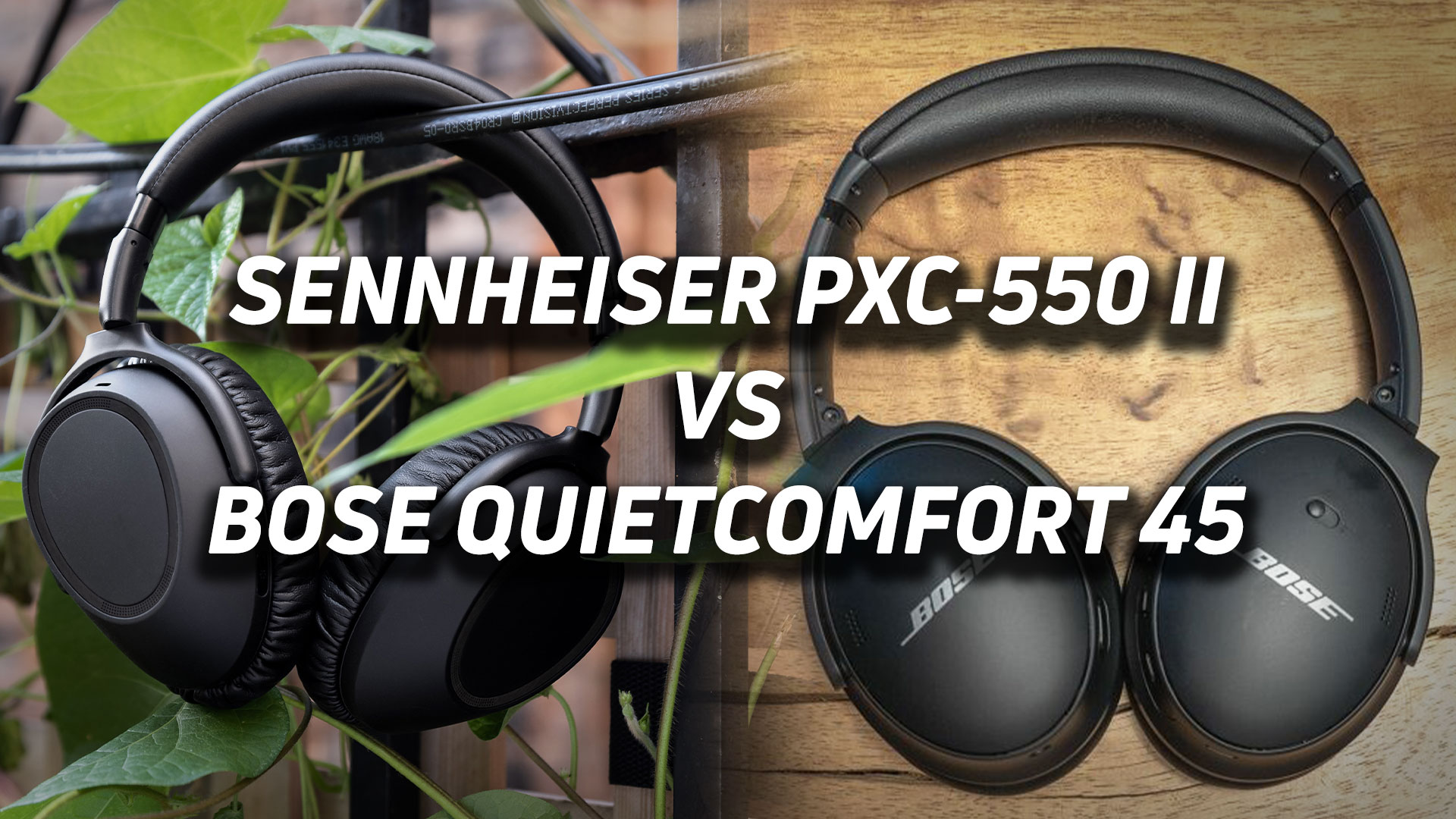
The Bose QuietComfort 45 is the new kid on the block, and it has a name to defend. Known for excellent active noise canceling (ANC), we expect it to handily outperform the older Sennheiser PXC 550-II. Sennheiser headphones, on the other hand, are known for superb sound quality. Can the Bose QC 45 compete on that front, too? Let’s find out.
Editor’s note: this versus article was updated on February 28, 2022, to include an update regarding the Bose Music app EQ, our QC 45 battery life data, and frequently asked questions.
Bose QuietComfort 45 vs Sennheiser PXC 550-II: Which has better hardware?

Both headphones feature a plastic build with a similar folding mechanism. At 227g, the Sennheiser PXC 550-II is slightly lighter than the Bose QuietComfort 45, which weighs in at 240g. Both headsets are light and comfortable enough to be worn for several hours at a time.
See: Bose QuietComfort 45 review | Sennheiser PXC 550-II review
Sennheiser made a couple of fascinating design decisions with the PXC 550-II. The on/off button is built into the right ear cup’s hinge. That presents an interesting challenge; how do you prevent the headphones from turning on when using wired audio? You’d have to turn off Bluetooth, using the button hidden at the top of the right ear cup. Then again, you could actually just leave the ANC on.
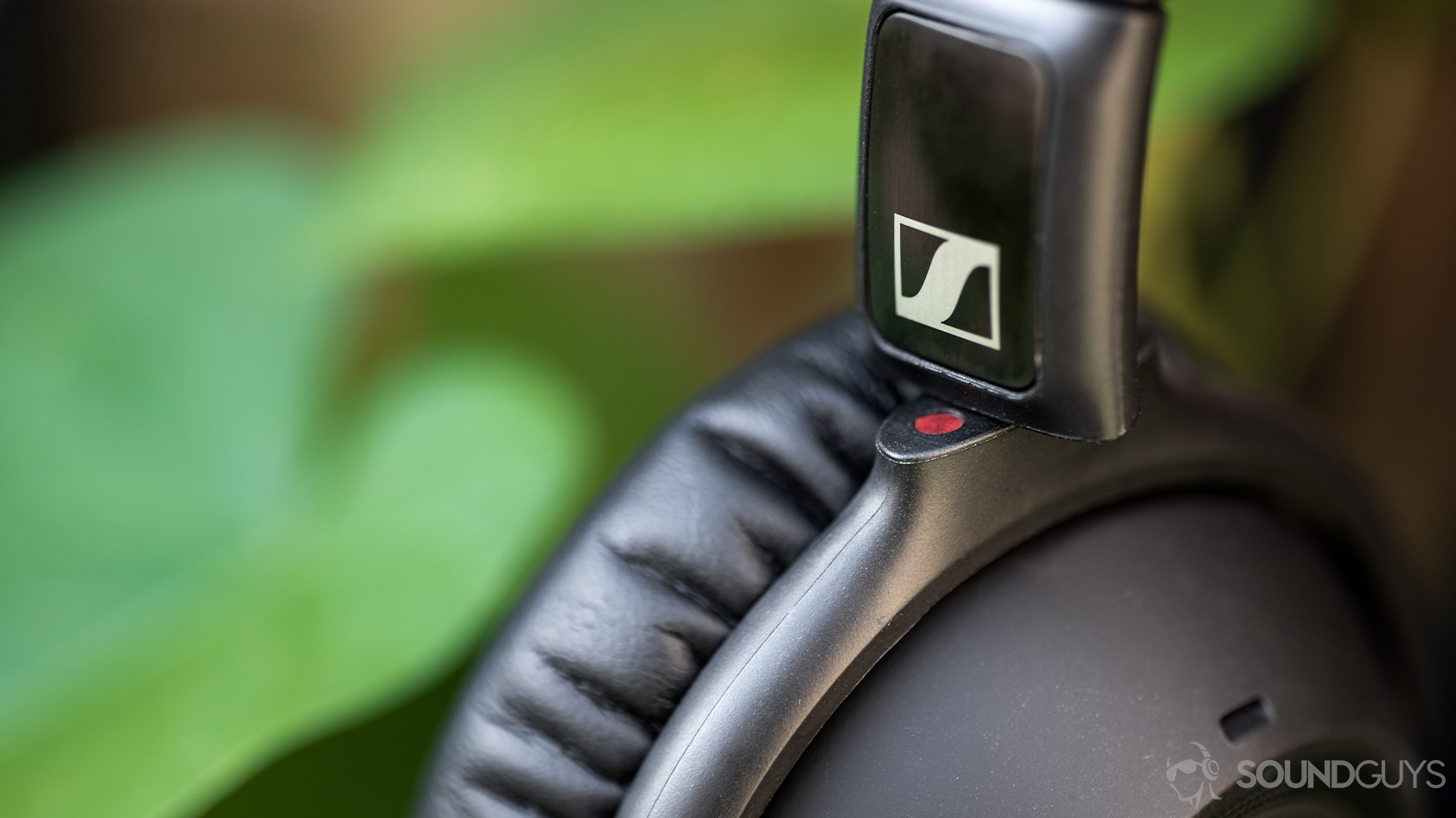
The Bose QuietComfort 45 has a plain and simple design. The Bluetooth button doubles as a power switch and sits in plain sight on the right ear cup, which also makes it easy to reach. A multi-function button on the right ear cup controls playback, volume, and calls, while the Action button on the left ear cup toggles ANC mode, mutes calls, and activates the voice assistant.
The Sennheiser PXC 550-II combines tactile controls and a touchpad for controlling the headphones. The buttons toggle ANC, Bluetooth, and voice assistants, while the touchpad controls playback, volume, ANC, and calls. With the Sennheiser headset, you can disable ANC for a non-noise canceling listening experience.
Does the Bose QuietComfort 45 or Sennheiser PXC 550-II have better features?
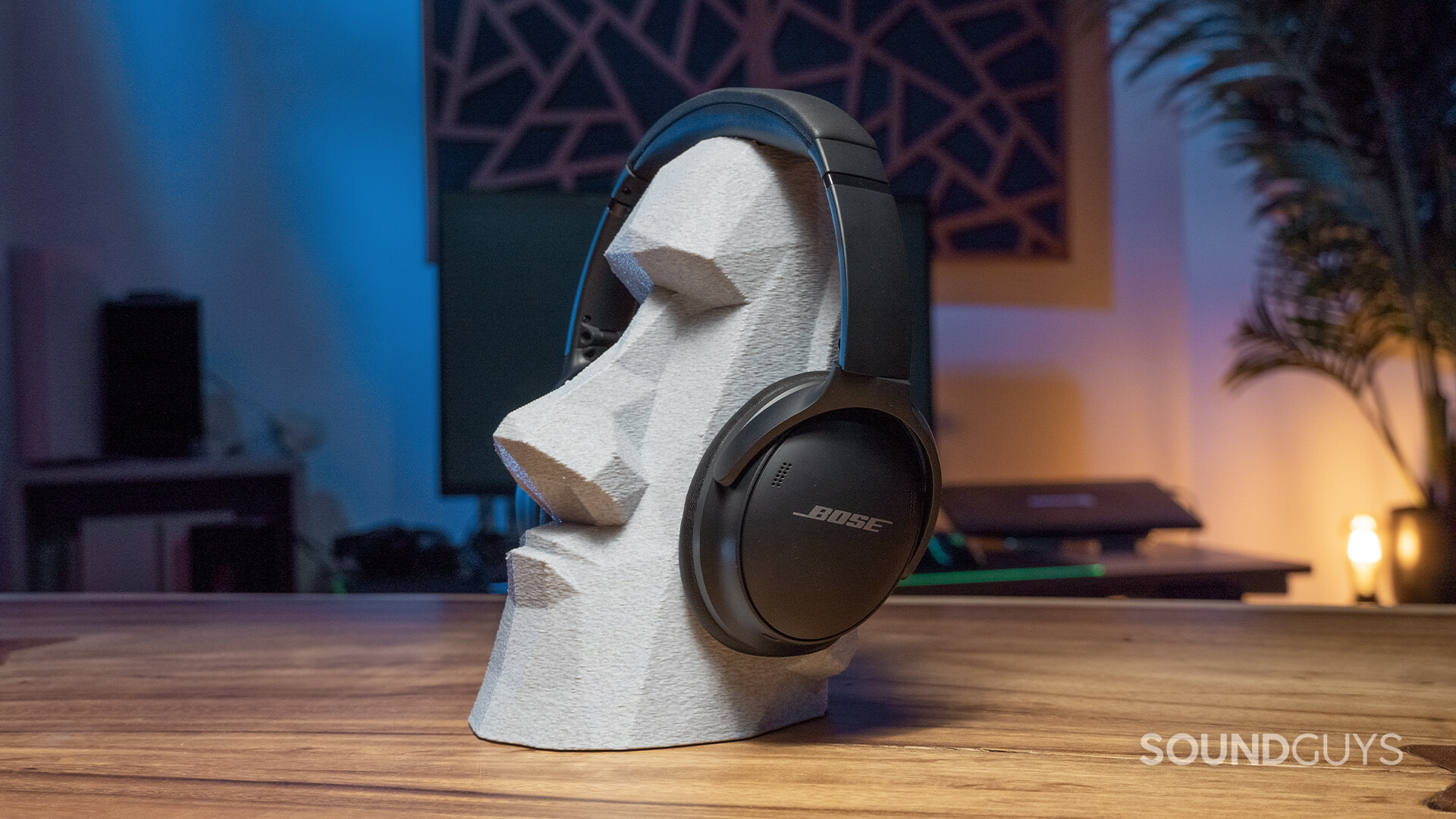
The Bose QuietComfort 45 uses the Bose Music app. In February 2022, Bose added a custom equalizer for the QC 45, which means you now have a way to deal with its sound profile. To active this feature in the app, we recommend using the Bose Updater tool and the included USB-C cable to install the latest firmware. If you run into issues after updating via Bluetooth, you can fix a failed firmware update.
Related: How to fix problems with the Bose QuietComfort 35 II
What’s unlikely to change with an update is that you can’t turn off the noise cancellation. The ANC is either on or in passthrough mode, which lets you hear your surrounding.
Bose dropped the ball by removing features from the QC 45.
On the Sennheiser PXC 550-II, you can use a slider to switch between three ANC modes: off, Smart Control, and max. Using Sennheiser’s Smart Control app, you can set the Smart Control mode to either adaptive or adaptive, anti-wind ANC. The acoustical settings within the app offer four different presets and a custom Director setting with limited options. A fully customizable equalizer is missing from the app.
Does the Bose QC 45 have better battery life than the Sennheiser PXC 550-II?
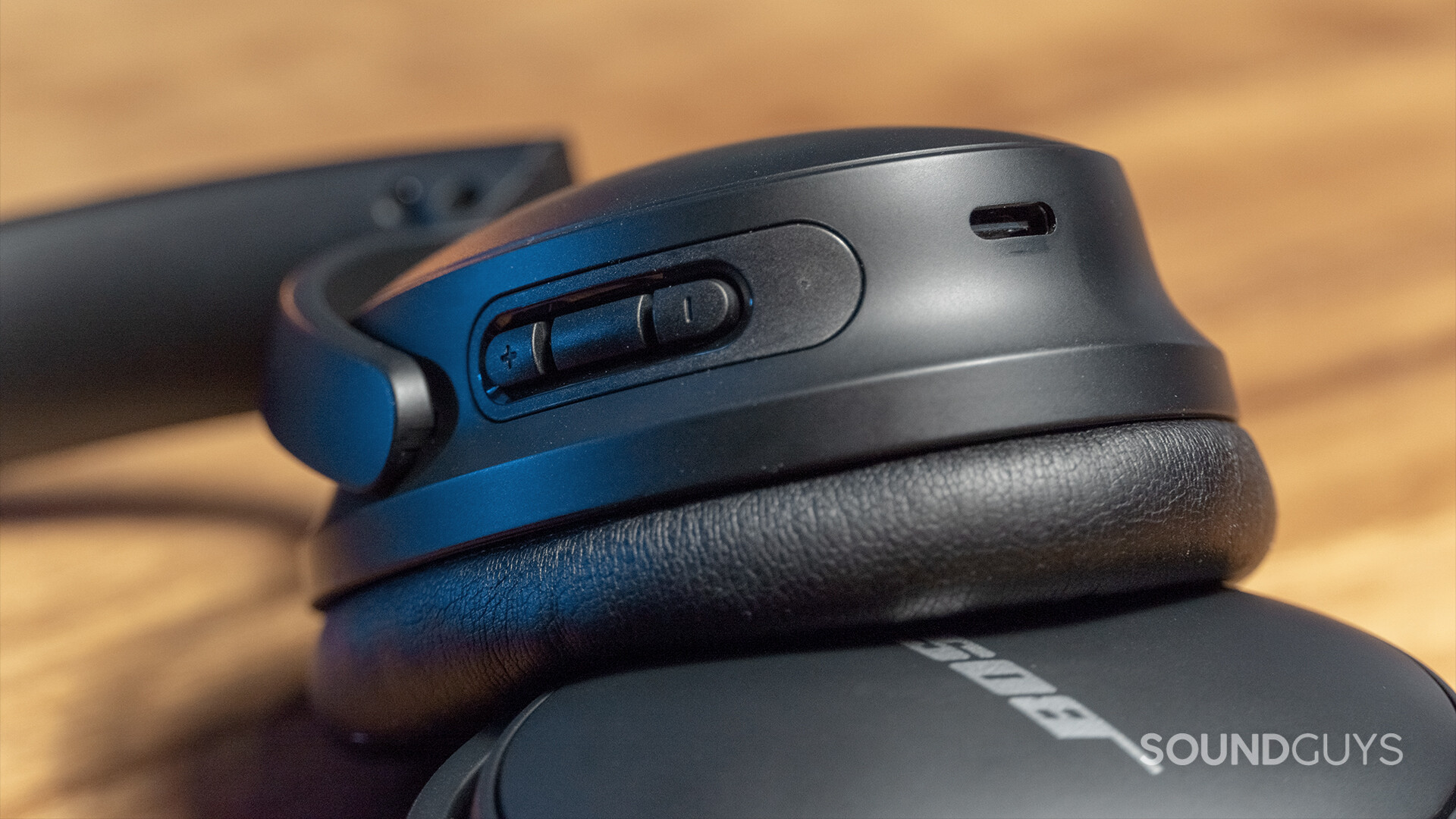
In our tests, the Sennheiser PXC 550-II lasted for almost 22 hours of playtime at 75dB(SPL) with noise canceling on the highest setting. You can get up to 30 hours of playtime with the ANC enabled if you use wired mode. Based on Bose’s specs for the QuietComfort 45, you can expect 24 hours of playtime at 50% volume. When we tested the QC 45, with ANC enabled and subjecting the headphones to a steady 75dB(SPL) output, it surpassed this benchmark by 49 minutes, totaling 24 hours, 49 minutes.
Both headsets offer fast charging. The PXC 550-II will last for 90 minutes after a 10-minute charge, while the OC 45 will give you a full three hours of playtime after 15 minutes of charging. The QC 45 also completes its full charge faster than the PXC 550-II at two and a half hours versus three hours.
Read more: Where do batteries come from? And where do they go?
What puts the QC 45 further ahead of the PXC 550-II is its charging port. USB-C is just way more convenient than microUSB, and we wonder why Sennheiser released headphones with an outdated charging port back in 2020.
Which Bluetooth codecs do the Bose QuietComfort 45 and the Sennheiser PXC 550-II support?
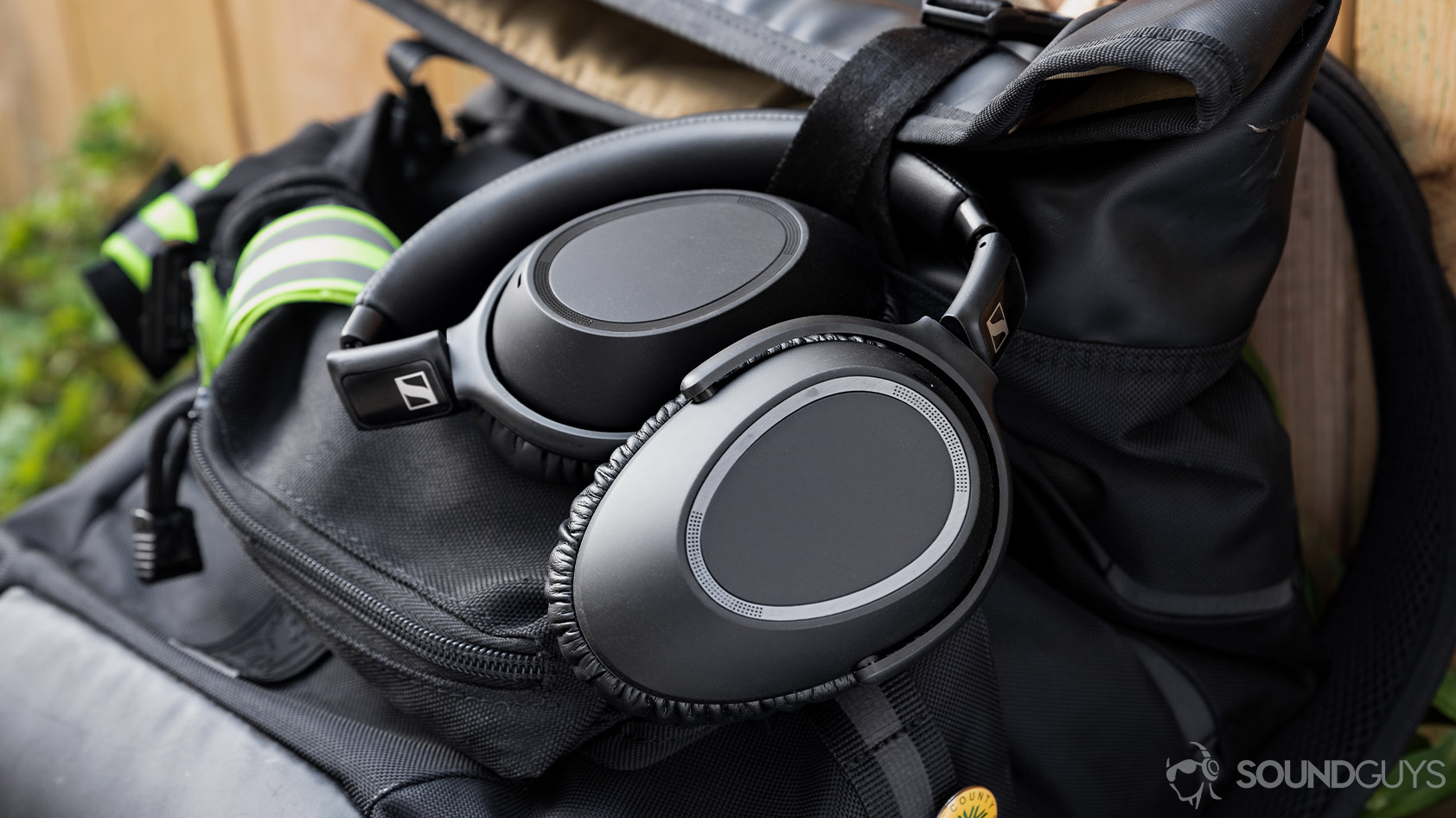
Like its predecessor, the Bose QC 45 runs on Bluetooth 5.1 with SBC and AAC support. This is great for iPhone owners, who can use the reliable and high-quality AAC codec. Most Android users, however, won’t get the same smooth experience with AAC.
In line with its great frequency response, the Sennheiser PXC 550-II features a range of high-quality codecs, including SBC, aptX, aptX Low Latency, and AAC. This should satisfy most listeners. On the downside, it only runs on Bluetooth 5.0. Bluetooth 5.1 uses additional antennas and can provide a more stable connection, and more efficient power consumption than previous versions.
Learn more: Understanding Bluetooth codecs
You can operate both headphones in wired mode for lossless music streaming. Both the Sennheiser PXC 550-II and Bose QC 45 ship with a 2.5mm to 3.5mm cable.
Does the Bose QuietComfort 45 have better noise canceling than the Sennheiser PXC 550-II?
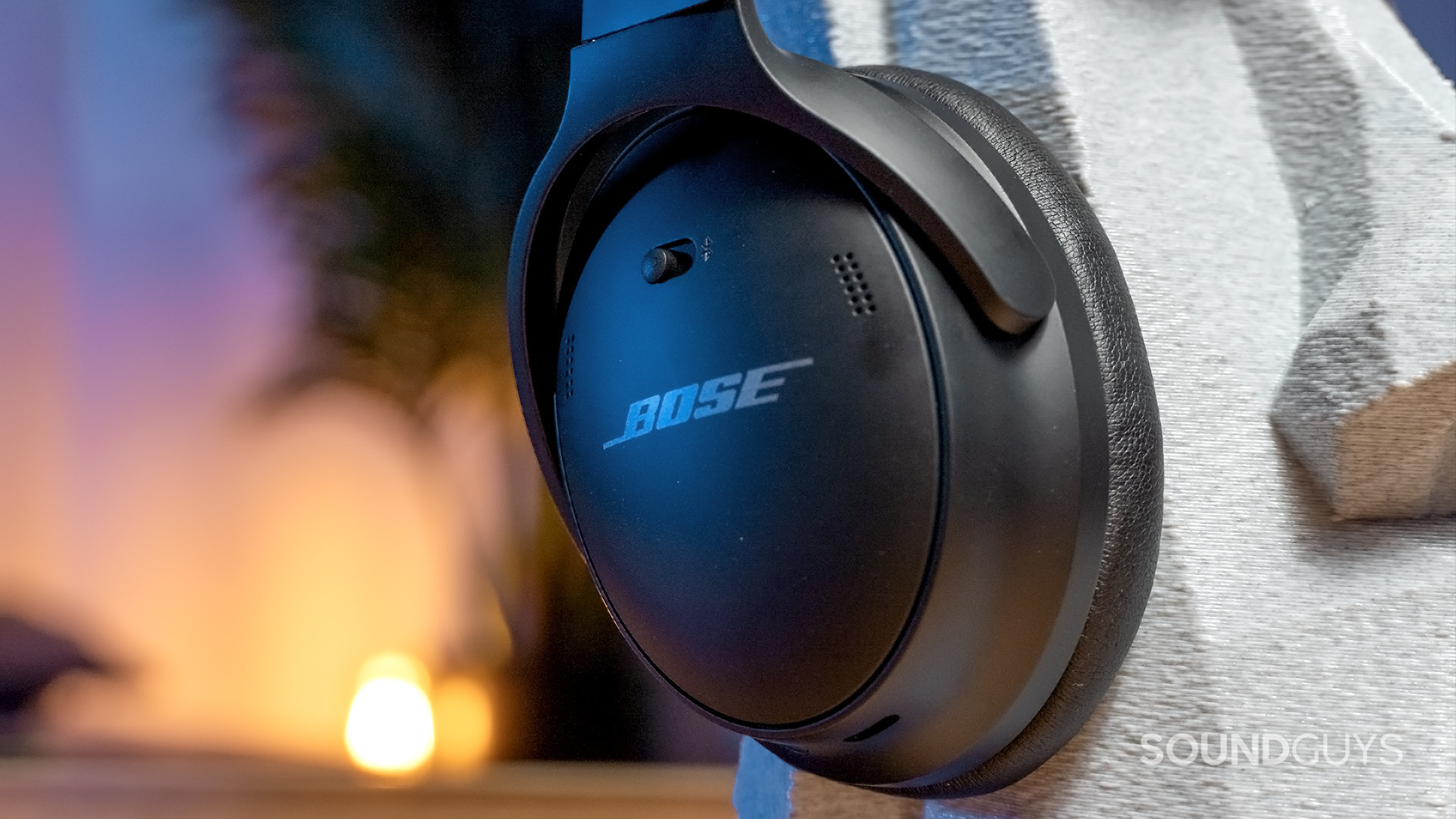
It should come as no surprise that Bose delivers excellent noise canceling. The QuietComfort 45’s passive isolation is stronger than on previous models, which also improves its gross attenuation when combined with ANC. You’ll experience effective passive isolation in the 2-11kHz range, as long as you get a good fit.
Related: How to read our graphs
The Sennheiser PXC 550-II can’t keep up with Bose when it comes to noise canceling, but it’s not terrible either. The passive isolation takes care of the upper and midrange frequencies, while the ANC more aggressively targets sounds below 800Hz.
Note, however, that the PXC 550-II gross attenuation tops out at just under 40dB(SPL), while the QC 45 almost hits 50dB(SPL) in the higher frequencies. We measured a similar 10dB(SPL) difference in the lower frequencies, meaning you’ll get significantly better noise canceling with the Bose QuietComfort 45.
Hold up! Something’s missing:
You may have noticed that our charts feature different backgrounds, that’s because the ANC and frequency response charts with dark backgrounds were made with our new Bruel & Kjaer 5128 test fixture (and the appropriate support equipment). The Sennheiser PXC 550-II still needs to be retested with this updated setup. We’ll update the charts to this comparison once we’ve made the improved sound quality measurements and ANC performance plots.
Thank you for bearing with us, and we hope to see you again once we’ve sorted everything out.
The Sennheiser PXC 550-II has slightly better sound quality
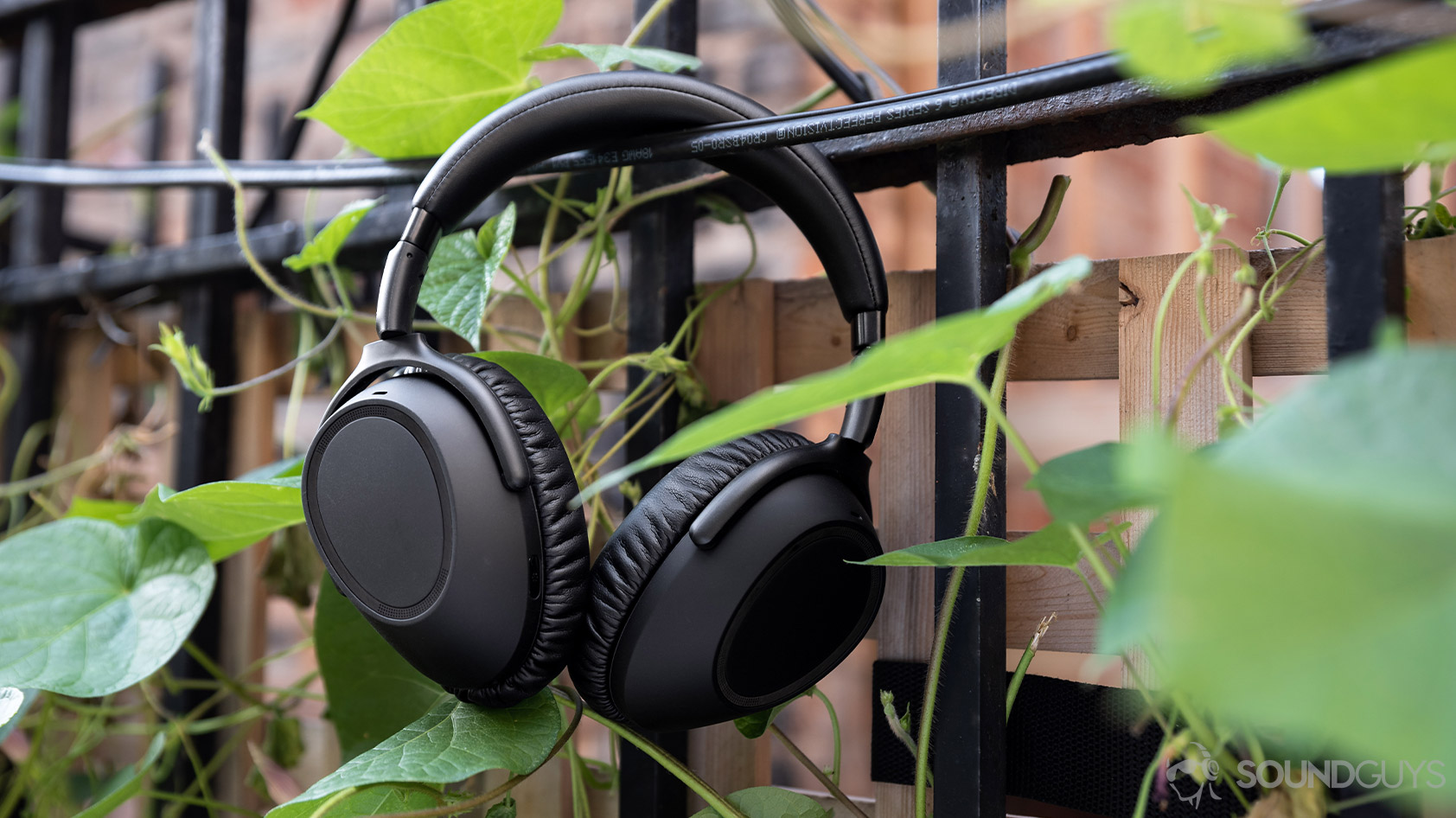
The Sennheiser PXC 550-II has a more neutral frequency response that reproduces bass and midrange frequencies at an equal relative loudness. There’s a slight deviation in the high-end, but it’s minor compared to the Bose. Objectively, this makes the PXC 550-II the better-sounding headphones for most applications.
Just like its predecessors, the Bose QuietComfort 45 frequency response closely follows our consumer curve until the treble response. Beyond 2kHz it hovers above our consumer target curve and boosts high notes to an unpleasant degree. This sound profile exposes poorly mixed tracks with lots of high-pitched sounds, something commonly found around the turn of the century, particularly in punk music. Back then, the crowd was craving loud bass, and producers didn’t bother to optimize for equipment that could handle treble well.
On the upside, you get better speech intelligibility with the Bose QuietComfort 45, which makes vocal-heavy material and podcasts sound much better. Though if you prefer boosting certain frequency ranges, you can also do that in the Sennheiser Smart Control app.
Is the Bose QC 45 or Sennheiser PXC 550-II microphone best for phone calls?
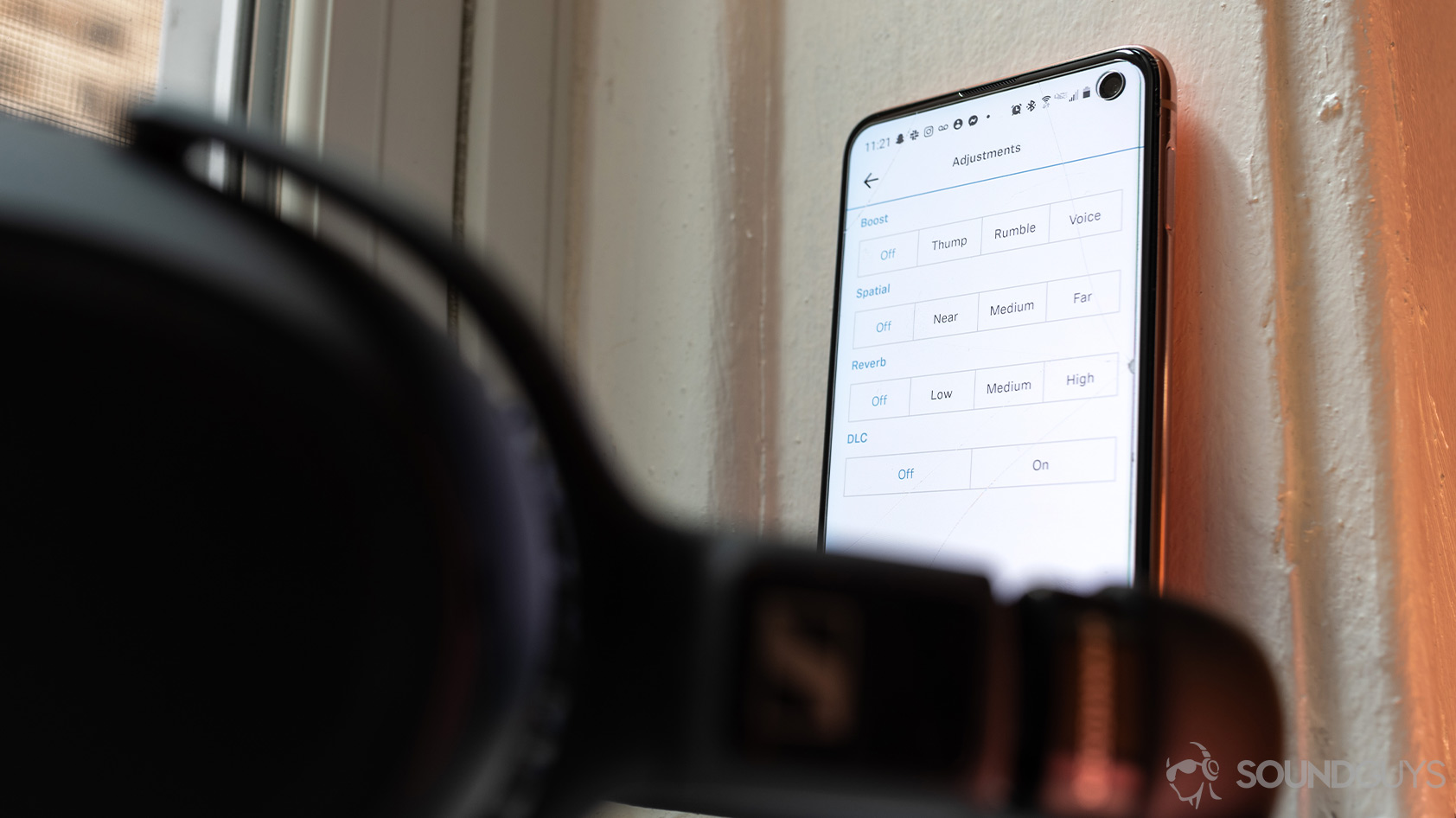
Equipped with a triple MEMS microphone array, the PXC 550-II sounds markedly better than the Bose QuietComfort 45, but the QC 45 is still good. In our sample, the QC 45 sounds somewhat dull with slight static noise audible in the background. Meanwhile, the PXC 550-II produces a crystal clear sound and almost completely filters out the steady low-level background noise of a fan (not the feline fan, though).
Sennheiser PXC 550-II microphone demo:
Bose QuietComfort 45 microphone demo (ideal):
Which sample sounds better?
Should you buy the Sennheiser PXC 550-II or the Bose QuietComfort 45?
It’s a head-to-head between the Bose QuietComfort 45 and the Sennheiser PXC 550-II. The choice comes down to your preferences.
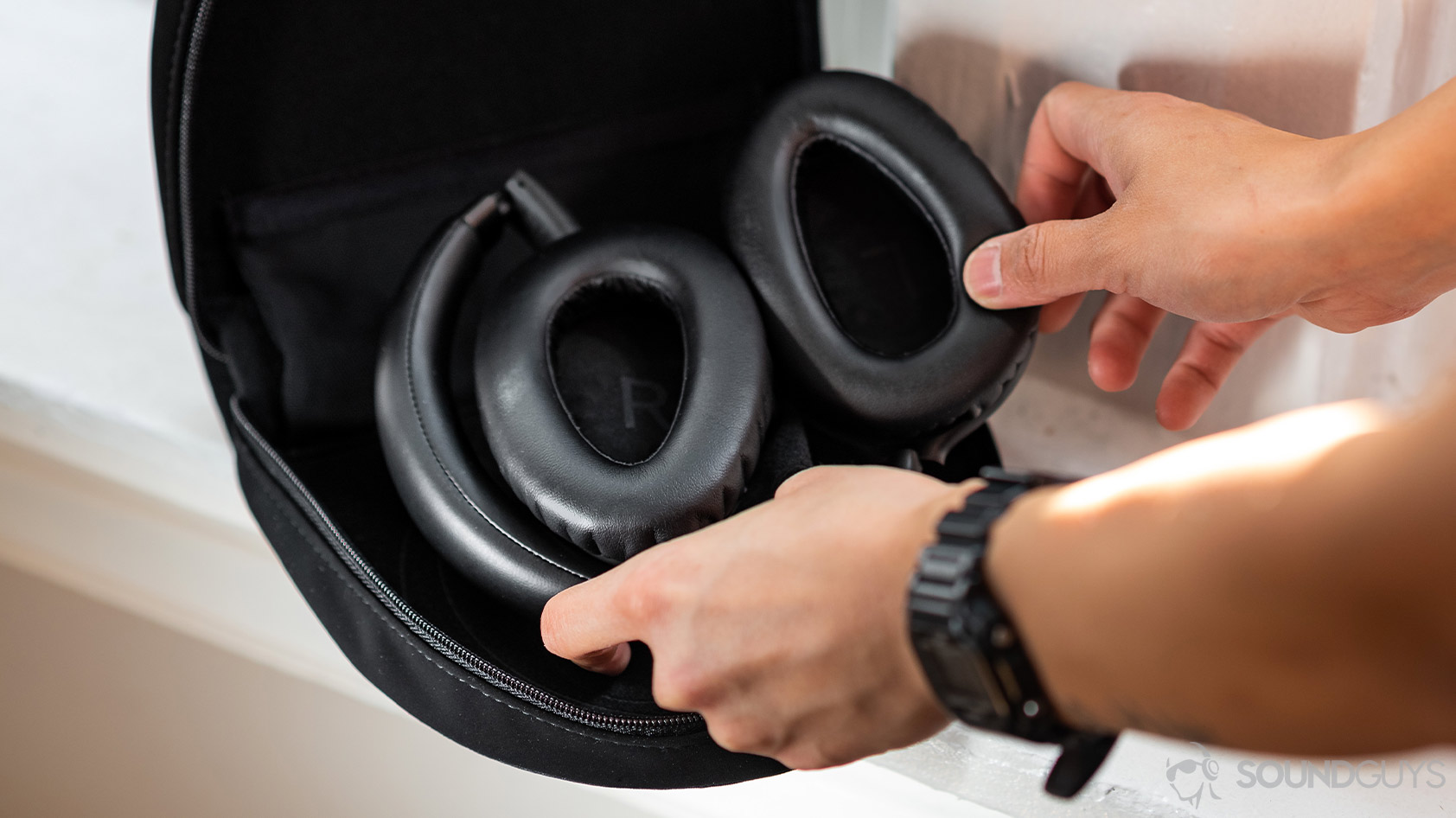
The PXC 550-II has slightly better sound and microphone quality than the QC 45. With the introduction of an equalizer option in the QC 45, however, the Bose Music app blows the Sennheiser Smart Control app out of the water. Android users, however, will also appreciate the aptX codecs that come with the PXC 550-II.
If your priority is noise canceling, you will definitely prefer the Bose QuietComfort 45. Its ANC is hands-down better than the PXC 550-II—just keep in mind that you can’t turn it off.
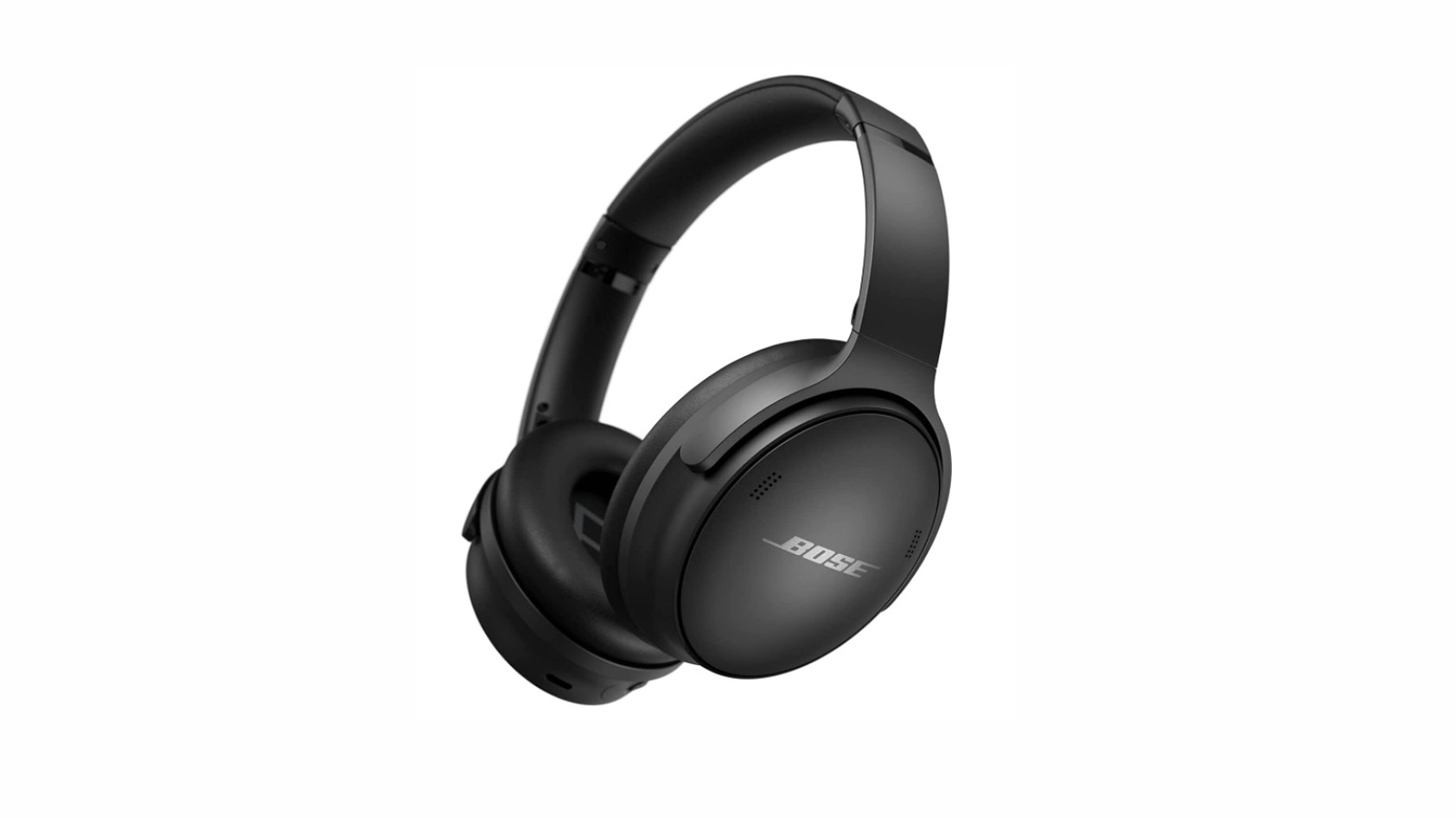
While the battery life of the Bose QuietComfort 45 is significantly better than that of the Sennheiser PXC 550-II, turning the ANC off might put the PXC 550-II on par with the QC 45. But why get noise canceling headphones if you want to turn the ANC off all the time?
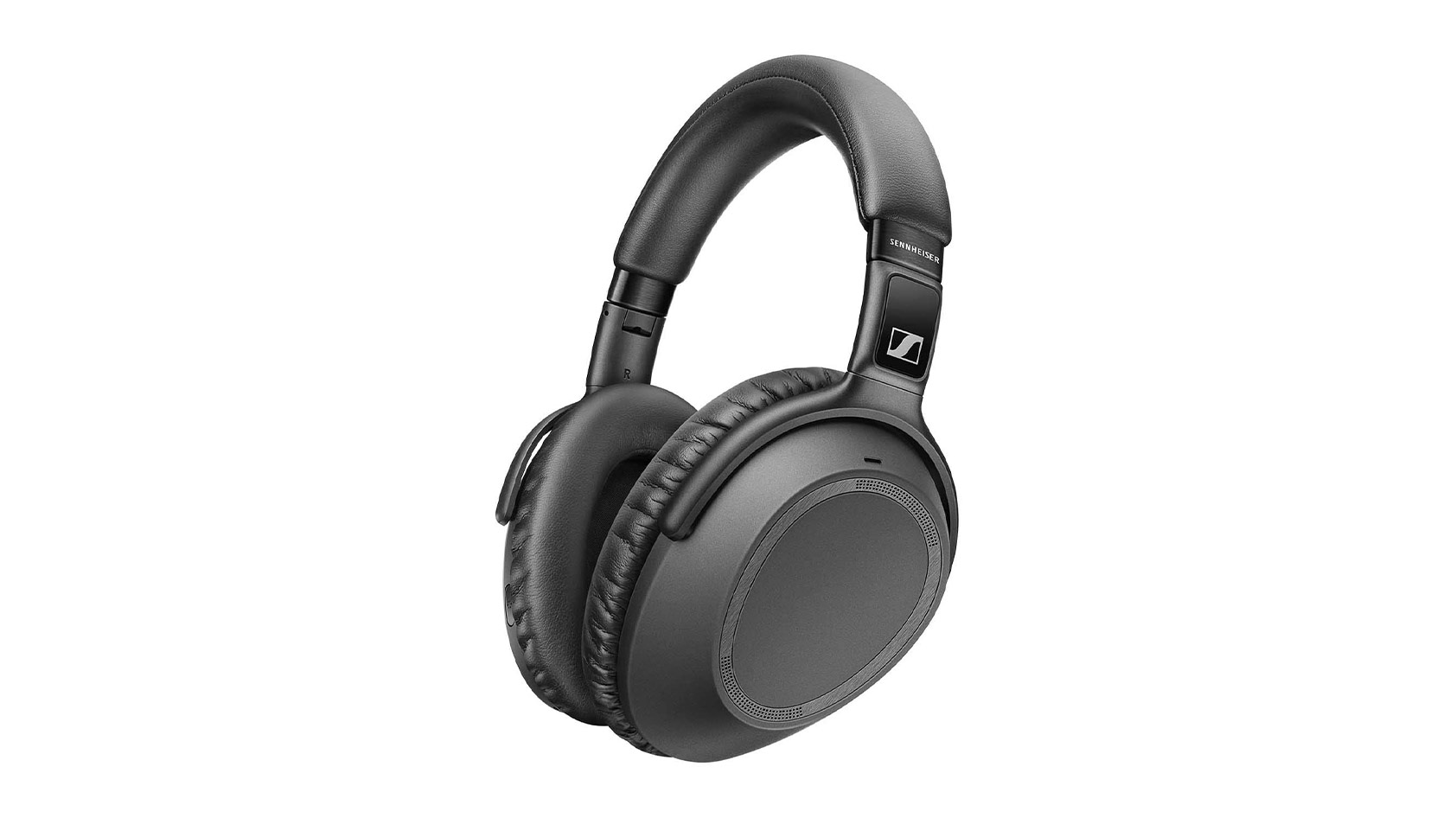
The Sennheiser PXC 550-II comes with a microUSB charging port. If that’s a no-go, pick the Bose QuietComfort 45, which features USB-C charging. And maybe that’s why the PXC 550-II has dropped under the $200 mark, making it incredibly affordable for headphones of this quality.
What are better alternatives to these Bose and Sennheiser headphones?
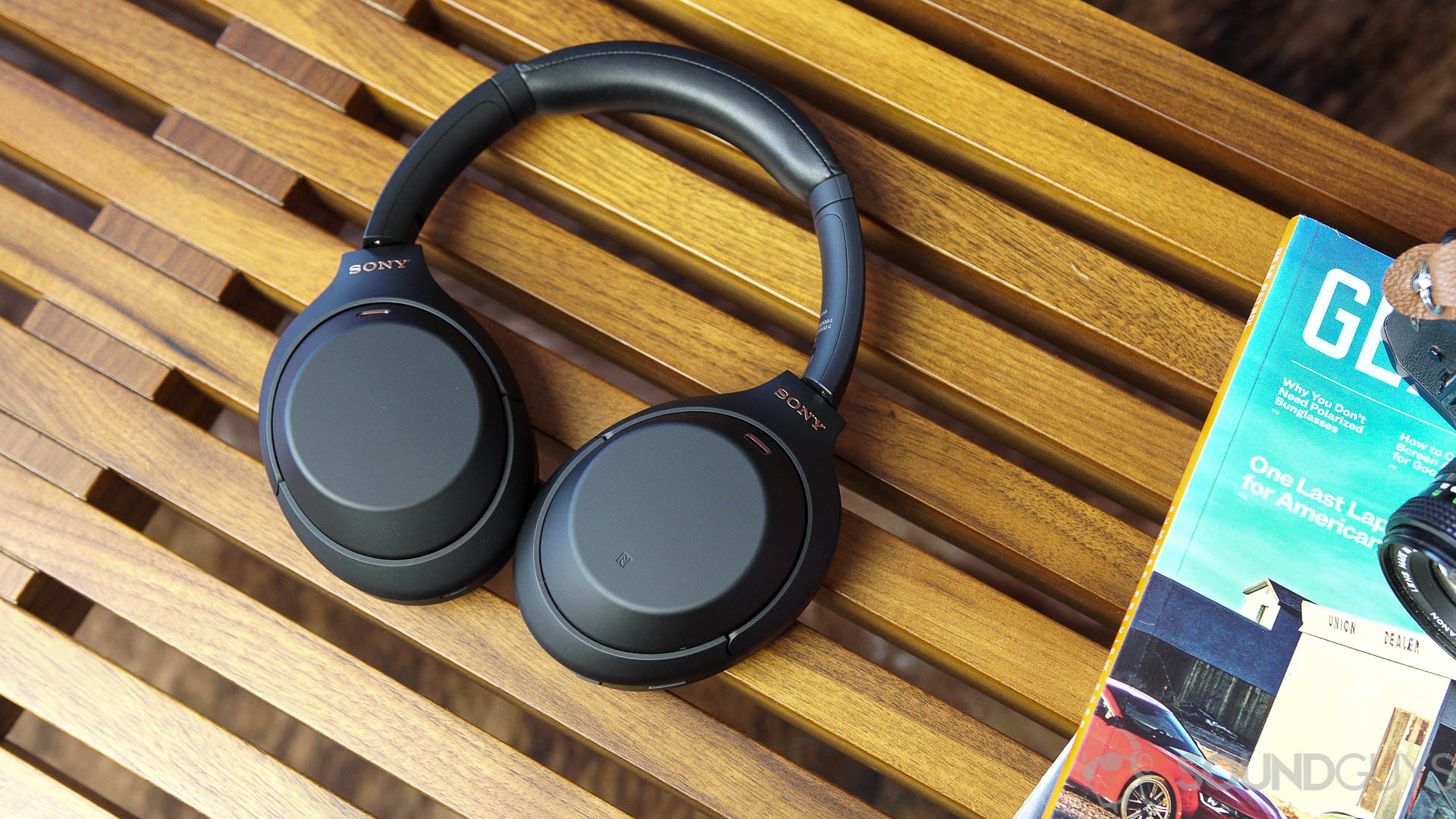
The Sony WH-1000XM4 remains the best pick for those looking for great noise canceling and great sound. While the sound profile isn’t quite as neutral as that of the Bose and Sennheiser headphones discussed above, the Sony Headphones Connect app features a powerful equalizer. The Bose QC 45 might have caught up with Sony in terms of noise canceling, but the WH-1000XM4 still does a better job at attenuating lower frequencies.
The WH-1000XM4 features Bluetooth 5.0 with a range of codecs, including SBC, AAC, and Sony’s own LDAC. Android users employing the LDAC codec won’t have access to Bluetooth multipoint. For iPhone users, the WH-1000XM4 is probably the best choice next to Apple’s own offering.
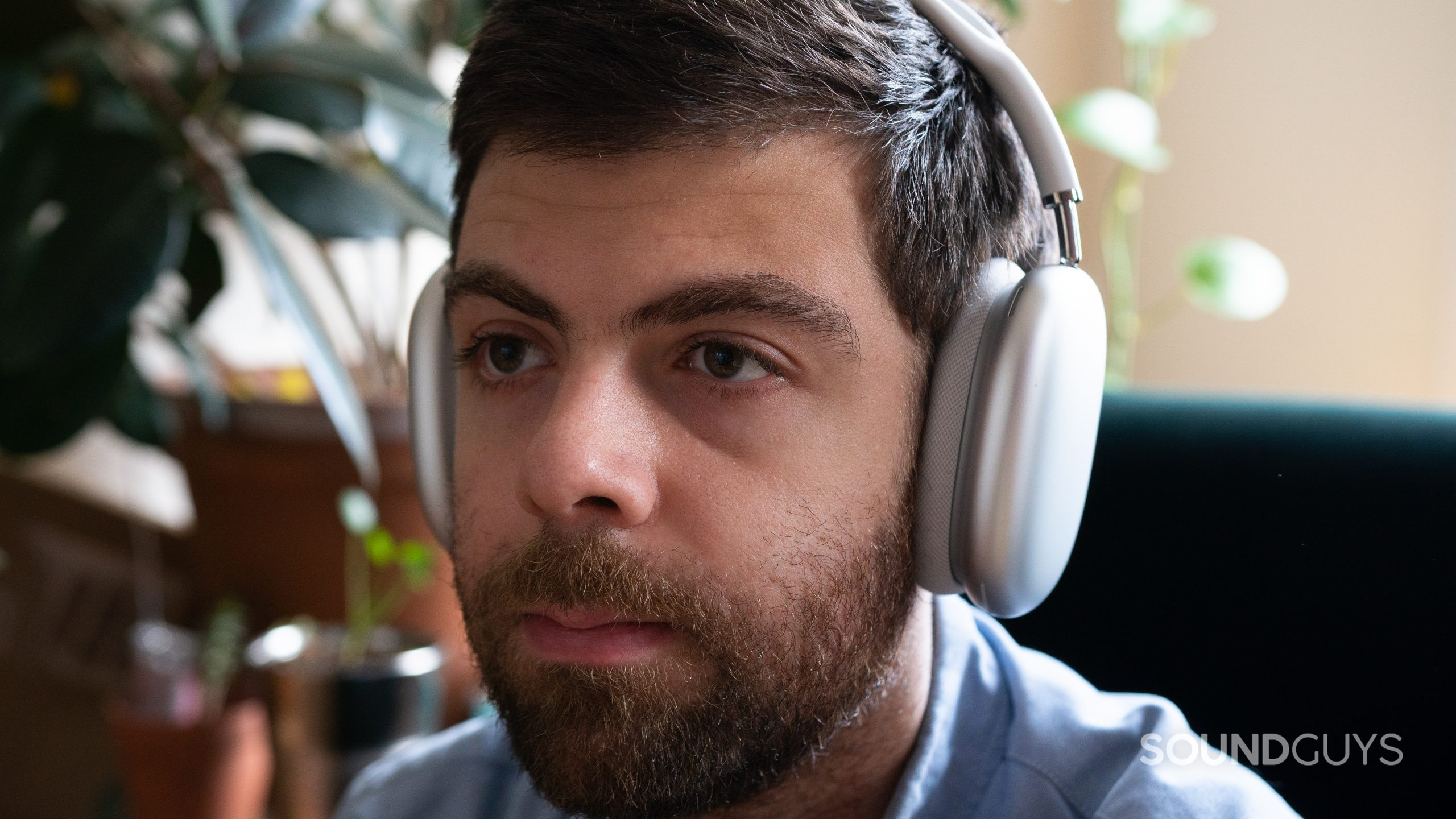
The Apple AirPods Max features some of the best noise canceling in the industry. It features effective noise isolation in the lower frequencies between 100 to 500kHz, and the ANC kicks in hard at around 50kHz. Android users won’t be able to turn the ANC off.
In terms of sound quality, the Apple AirPods Max is on par with Sony and Sennheiser. However, you can’t adjust the sound signature using an equalizer. Similar to the Bose QC 45, the AirPods Max uses an Adaptive EQ that modulates the sound in response to ambient noise.
If the latest and greatest doesn’t appeal to you at all, and you just want an excellent pair of ANC headphones that sounds great right out of the box, get the Bose QuietComfort 35 II. As of March 1, 2022, you can grab this headset for less than $170 USD, making it one of the best values around. Sure, you may miss the modern USB-C input of the QC 45 and the QC 35 II’s noise canceling isn’t as good, but the extra money you saved will be well worth it.
Read more: The best noise canceling headphones
Frequently asked questions
The Shure AONIC 40 is a great headset with aptX, AAC, and SBC support, along with wired audio for lossless listening that more directly competes with the PXC 550-II than the QC 45. Still, if you prioritize ANC performance above all else, you won’t be satisfied wiht anything less than the Bose QuietComfort 45. The AONIC 40 certainly features more premium materials than the Sennheiser or Bose headsets addressed today, but with those more premium materials comes a heftier build at 310g. Similar to Sennheiser and Bose’s headphones, the AONIC 40 has a pleasing frequency response, but you’ll hear more bass from Shure’s headset right out the gate.
The Shure AONIC 50, however, is a more direct competitor to the Bose QuietComfort 45 with its better ANC, sound quality, and even more premium build. With the AONIC 50, you get a slew of Bluetooth codecs (SBC, AAC, aptX, aptX HD, aptX Low Latency, and LDAC), something that can’t be said of Bose or Sennheiser’s headsets discussed today.
The Bose QC 45 uses Bluetooth 5.1, while the Sennheiser PXC 550-II uses Bluetooth 5.0. Both Bluetooth versions support multipoint pairing, meaning you can pair them with two devices at a time and recall up to six more for easy switching between devices.
In addition, the QC 45 supports Bose SimpleSync, to easily pair your headphones with your Bose Smart Speakers and Soundbars.
In terms of design, the Bose QuietComfort 45 and 35 II are almost the same. Bose upgraded the QC 45 from microUSB to USB-C. The QC 45 uses the Bose Music app, while the QC 35 II only pairs with the Bose Connect app. The differences are marginal, but the Music app recently received an in-app EQ. More importantly, the QC 45’s ANC is better, but the QC 35 II actually has better sound quality, or at least a frequency response that more closely aligns with our house curve. Both support Bluetooth multipoint, though the QC 35 is only on Bluetooth 4.2, which also affects its battery life; it’s about four hours less than that of the QC 45.
The Sennheiser PXC 550-II is only a better deal than the Bose QuietComfort 45, if you can find it at a significant discount. If great out-of-the-box sound quality is more important to you than ANC, custom sound profiles, and a USB-C charging port, the PXC 550-II might still be the best pick for you. If ANC is your priority, but you can live with other shortcomings, have a look at the Bose QC 35 II instead.